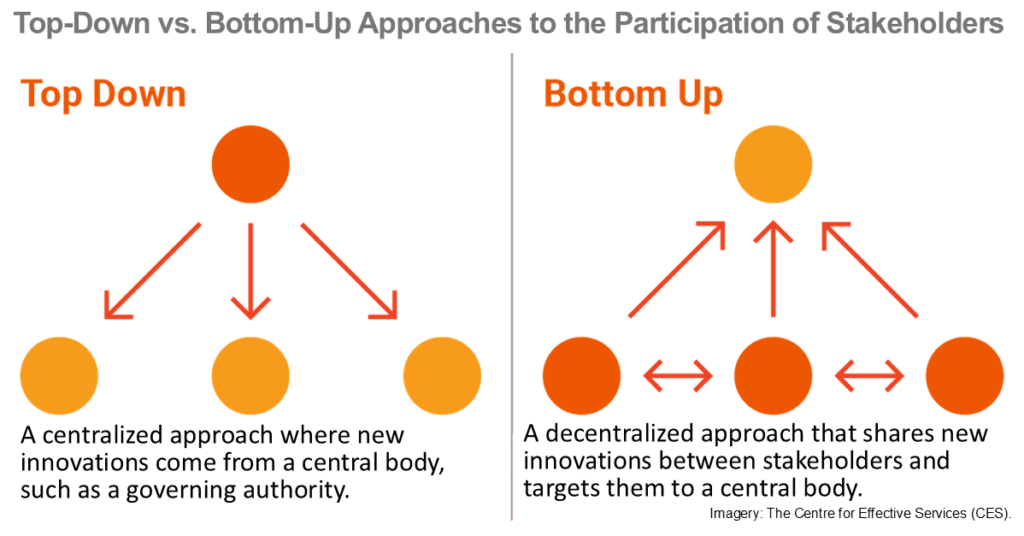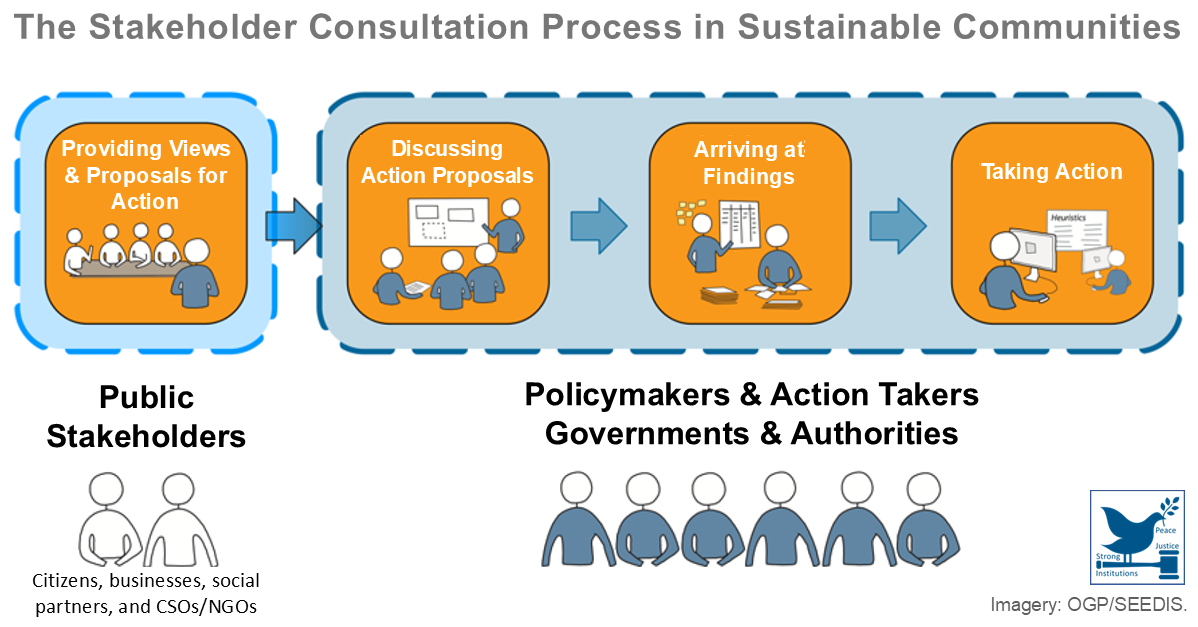United Nations Department of Economic and Social Affairs. "Synergy Solutions for Climate and SDG Action: Bridging the Ambition Gap for the Future We Want". United Nations. Accessed March 27, 2025. https://sdgs.un.org/... (Contributed by Gregory Autin).
Gregory Autin | March 27, 2025
Bottom-up data is key for addressing distributional impacts, as data on social dimensions often comes from local stakeholders. Good examples of localized data exist that help understand the disproportionate impact of climate change and disasters across sectors, populations, and geographies. Data collection methods, such as participatory mapping, community surveys, and citizen science generate data that is essential for understanding context-specific challenges, identifying innovative solutions, addressing distributional impacts, and ensuring that policies and interventions are tailored to the unique needs and circumstances of different communities. Bottom-up data can provide invaluable insights for designing targeted interventions that address the specific local needs of communities.


